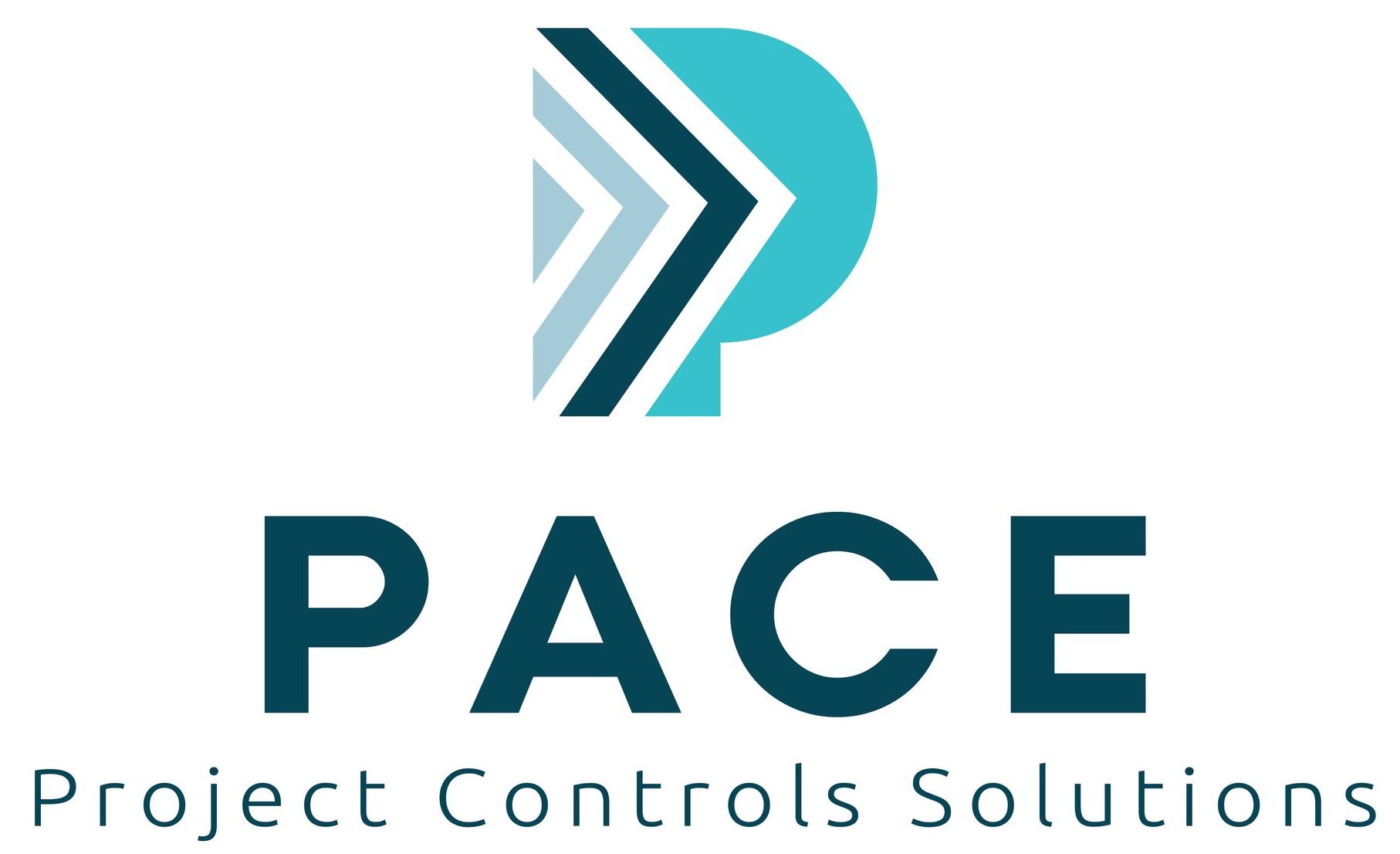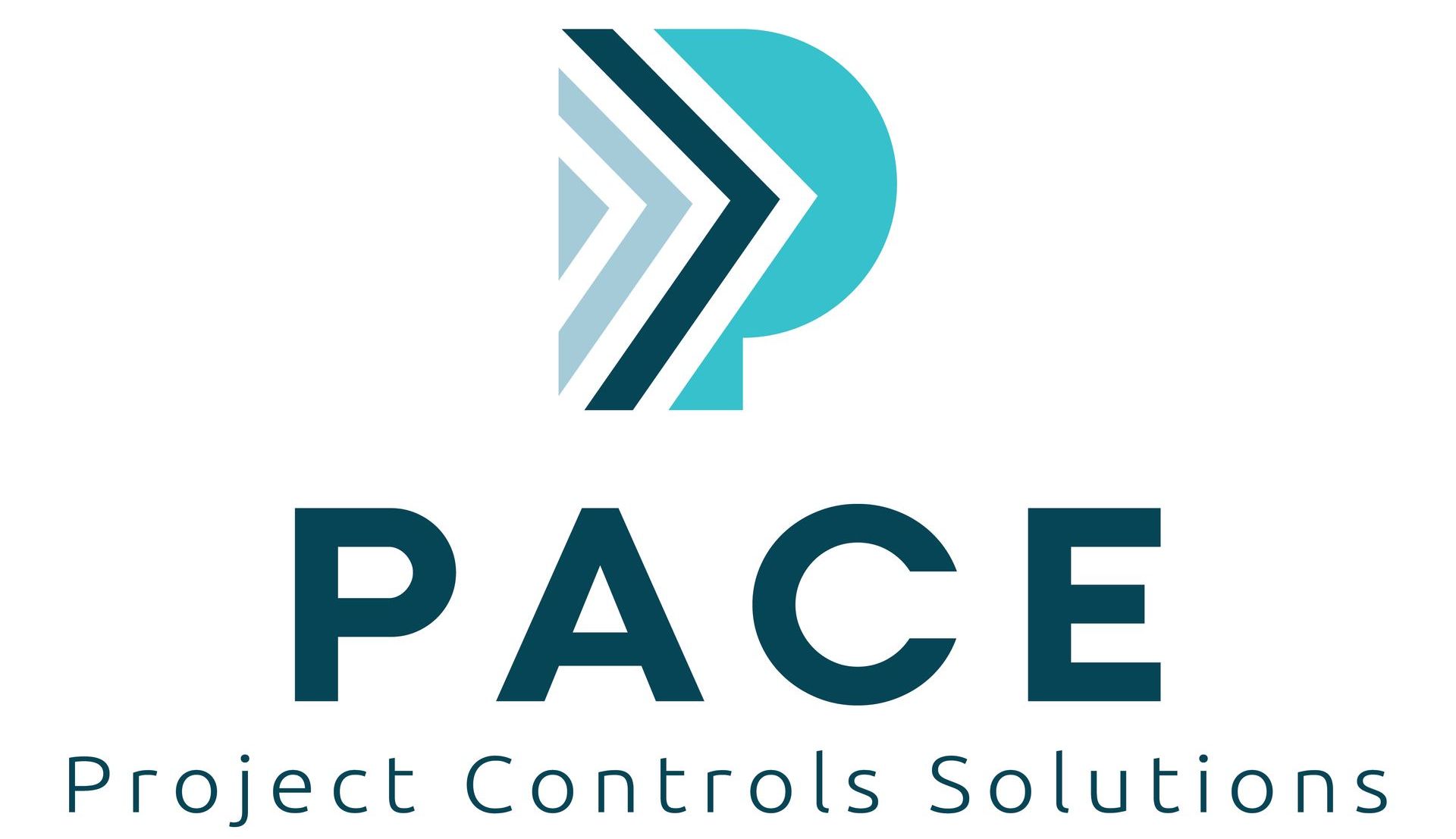How to Onboard Your Latest Project Controls Hire
Effective onboarding is crucial for integrating new hires into any organisation, and this holds particularly true for project controls professionals. These individuals are pivotal in ensuring that projects run smoothly, on time, and within budget. A comprehensive onboarding process not only helps new hires settle in quickly but also boosts their productivity and morale. Here are some essential steps to successfully onboard your latest project controls hire.
1. Pre-boarding Preparation
a. Welcome Package: Before your new hire’s first day, send them a welcome package. This could include company swag, an overview of the company culture, and essential information such as their work schedule, dress code, and parking details. Including a personal welcome note from their manager can make them feel valued from the start.
b. Set Up Their Workspace: Ensure that their workspace is ready with all necessary equipment, such as a computer, software licences, and access to relevant systems and tools. A well-prepared workspace shows that you’re organised and considerate of their needs.
2. First Day Essentials
a. Warm Welcome: Greet them warmly on their first day. Introduce them to their team members and give them a tour of the office. This helps them get familiar with the environment and reduces first-day jitters.
b. Initial Orientation: Provide an orientation session that covers the company’s history, mission, values, and organisational structure. Explain how the project controls team fits into the bigger picture. This session should also cover basic administrative tasks like setting up email, accessing the company intranet, and understanding the organisational chart.
3. Role-Specific Training
a. Detailed Job Description: Ensure the new hire understands their job responsibilities clearly. Go through their job description in detail and explain the expectations for their role. Discuss the key projects they will be involved in and the specific outcomes you expect from them.
b. Software and Tools Training: Provide comprehensive training on the software and tools they will be using. This might include project management software, data analysis tools, and reporting systems. Arrange for them to meet with IT support to troubleshoot any technical issues they might encounter.
4. Mentorship and Support
a. Assign a Mentor: Pair your new hire with a mentor who can provide guidance and answer any questions they might have. The mentor should be someone experienced in the project controls field and familiar with the company’s processes.
b. Regular Check-ins: Schedule regular check-ins during the first few weeks and months. These meetings are opportunities to provide feedback, address concerns, and ensure the new hire is settling in well. Encourage open communication and be receptive to their feedback as well.
5. Integration into the Team
a. Team-building Activities: Organise team-building activities to help your new hire bond with their colleagues. This could be anything from informal team lunches to structured team-building exercises. Building strong relationships within the team can significantly enhance collaboration and productivity.
b. Inclusion in Projects: Involve your new hire in team projects early on. This gives them a sense of contribution and helps them understand the team dynamics and workflow. Start with smaller tasks and gradually increase their responsibilities as they become more comfortable.
6. Ongoing Development and Growth
a. Continuous Learning: Encourage your new hire to engage in continuous learning and professional development. This could be through attending industry conferences, participating in webinars, or pursuing relevant certifications. Providing opportunities for growth shows that you’re invested in their career development.
b. Performance Reviews: Conduct regular performance reviews to assess their progress and provide constructive feedback. Use these reviews to set goals and outline a clear path for career advancement within the organisation.
7. Cultivating a Positive Work Culture
a. Open Communication: Promote a culture of open communication where employees feel comfortable sharing their ideas and concerns. Regularly solicit feedback from your team and be proactive in addressing any issues.
b. Recognition and Appreciation: Recognise and appreciate the hard work and contributions of your new hire. Acknowledging their efforts, whether through verbal praise, awards, or other incentives, can significantly boost morale and motivation.
8. Evaluation of the Onboarding Process
a. Gather Feedback: After the initial onboarding period, gather feedback from your new hire about their onboarding experience. Ask what worked well and what could be improved. Use this feedback to refine and enhance your onboarding process for future hires.
b. Continuous Improvement: Onboarding is an evolving process. Regularly review and update your onboarding procedures to ensure they remain effective and relevant. Staying responsive to changes in the industry and within your organisation will help you maintain a robust onboarding process.
Conclusion
A well-structured onboarding process is essential for integrating new project controls hires into your organisation. By preparing thoroughly, offering comprehensive training, fostering a supportive environment, and encouraging continuous development, you can ensure that your new hire becomes a valuable and productive member of your team. Investing time and resources in effective onboarding will pay off in the form of increased employee satisfaction, retention, and overall project success.
Explore
Quick Links
Join Us
Join Us
Thank you for subscribing.
We will keep you up to date with latest news and updates from Pace Global.
You can unsubscribe at any time via email to info@paceglobal.org or from our emails directly.
Please try again later.
Join Us
We will get back to you as soon as possible.
Please try again later.
© 2024 All Rights Reserved | Privacy Policy
Powered with
by Shazamme.com
Powered with
by Shazamme.com

